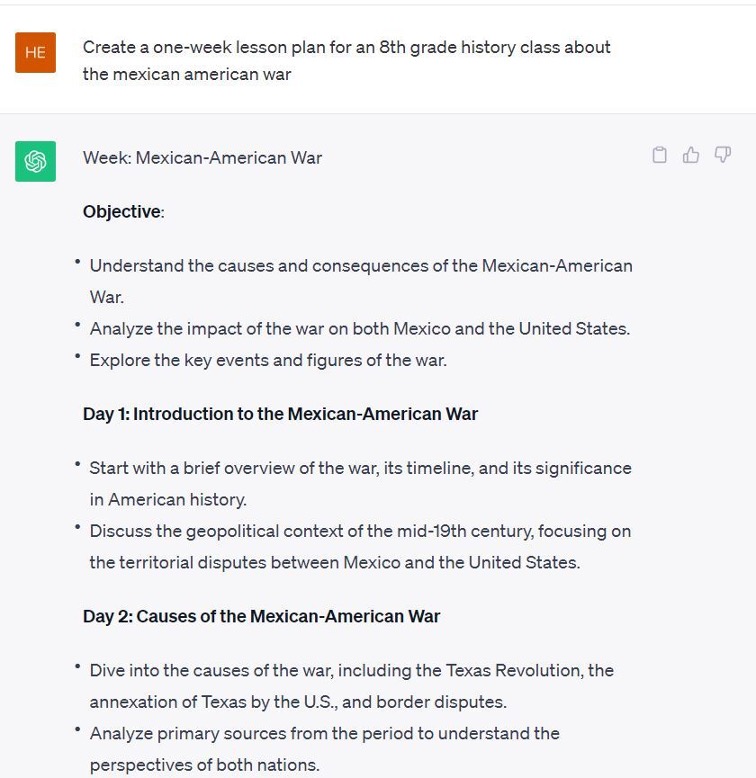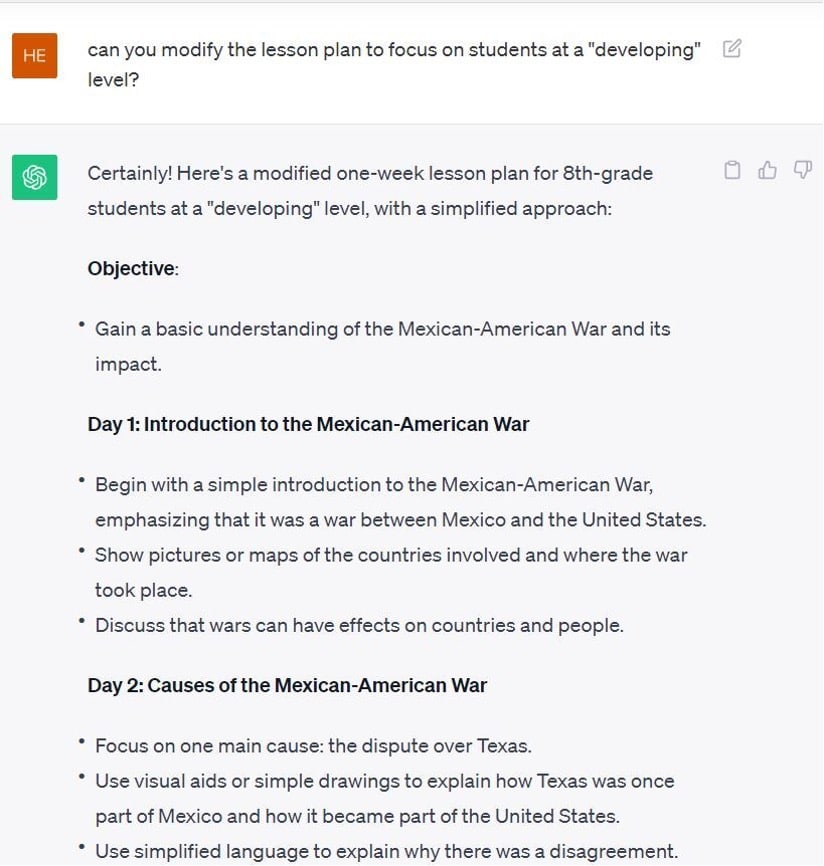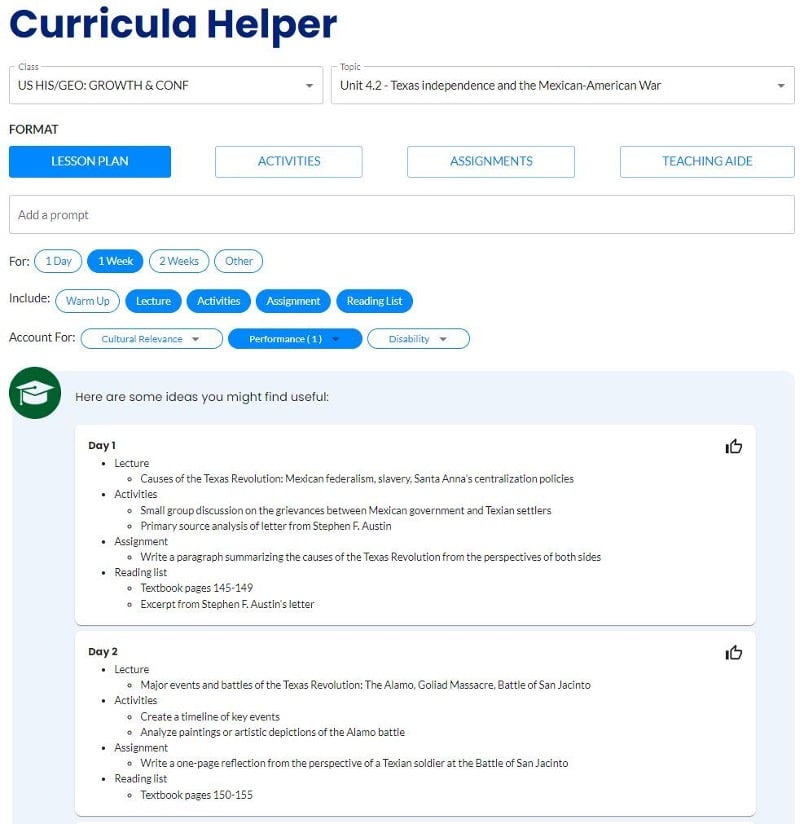Ever since ChatGPT entered the scene, generative AI (GenAI) has grown from a relatively unknown term to something that comes up in almost every conversation between business and technology leaders. Interestingly, not every conversation is bullish – some leaders see GenAI as the latest hype cycle that will fade into yesterday’s fad.
This is understandable; until this technology fulfills its promise and moves from hype to mainstream, people deserve to be skeptical. A McKinsey Survey recently found that 90% of commercial marketing and sales leaders thought GenAI should be used “often” or “almost always” in their organizations, but only 20% of those organizations are doing so.
How can GenAI move beyond the hype and into mass adoption? Usually, it’s not a technology’s promise that enables the shift. It’s a catalyst that has nothing to do with the technology at all.
The key to moving from hype to mainstream
Technology is hard, and it is only getting more complex. To move from hype to mainstream, technology needs to be simple, and that simplicity can be found in elegant product design.
For those of us old enough to remember Napster in the late 1990s, digital music was that generation’s hyped technology. Being able to download a digital version of your favorite songs from the web meant you no longer needed to carry a large binder full of CDs to listen to your music. There was only one problem – we needed a portable digital music player, and several companies tried but failed to find a product/market fit.
Enter the Diamond Rio player. It had all the technical features to play digital music on the go, but it required a battery instead of charging through a cable. It also had limited storage, so only a handful of songs could be loaded and played on the device. In short, it wasn’t easy to use.
And next came the iPod. Slick, beautifully designed, and, more importantly, it was paired with iTunes to allow for super simple purchases, downloads, and device charging. Best of all, it had a large hard drive and could store thousands of songs on one device. The iPod had the same functionality as the Diamond Rio and other competitors, but it was elegant and simple to use, and it changed the way we listened to music.

Applying elegance to generative AI
Most people have experimented with generative AI through ChatGPT, which has a very simple conversational chat interface. While conversational user interfaces (UIs) make generative AI easy to play with, moving beyond basic questions and bullet point answers becomes more difficult. Google search has the same text box interface, and no one would argue that basic search is hard, but how many people know how to use the advanced search features available to them? The reason people don’t use advanced search is because they have to learn the syntax, and there aren’t easy UI options to let them extract all the power of Google’s search capabilities.
Generative AI is even more powerful than Google Search because large language models (LLMs) can create new content instead of serving up pre-existing content on the web. The trick is in how we allow generative AI to shape the content it creates. This is done through prompt engineering, which is the process of creating and submitting text inputs that produce the optimal results from Generative AI tools.
Prompt engineering, like advanced search syntax, can be tricky for a casual user, so how can we simplify it? If we can apply design elegance and make prompts easy to find and use, we can improve generative AI results and level the playing field to enable mass adoption.
Applying elegant design and generative AI to an industry: education
Teachers have the difficult task of creating learning content that is highly customized for each classroom, such as lesson plans, activities, quizzes, and tests. Generative AI can be very helpful, but educators specialize in teaching rather than prompt engineering. Left with a basic text box, teachers would have to become prompt engineering experts to produce high-quality GenAI output, exposing the risk of different content quality even for those teaching the same subjects in the same schools. But with simple modifications to take away the guessing game of prompt usage, we can enable consistent quality output, saving teachers countless hours in manual content creation so they can focus more on students.
Let’s say Tammy Teacher is an 8th-grade history teacher, and she is covering a unit on the Mexican-American War. She wants to create a 1-week lesson plan that includes lectures, activities, assignments, and reading lists, but no warm-up exercises. She knows her class is operating at a developing level, so she wants the lesson plan to reflect that reality.
Let’s look at two ways she might use Generative AI for this purpose.
ChatGPT
If Tammy uses ChatGPT to create a lesson plan, she would have to understand the nuances of prompt engineering, typing in text related to “history” and “Mexican-American war,” the type of content she wants (everything but “warm-up” exercises) and the “developing” level of her students. Here’s what this might look like:


Elegant Design
There is a better way to use elegant design for prompts. A simple interface can be developed that lets teachers easily choose their class (History) and unit (Mexican-American War), the type of content they want (lesson plan), and a set of readily available visual prompts for the lesson plan (type of content and class performance level). There is no need for prompt engineering; teachers simply click and go, receiving new content in ready-to-use lesson plan format.

Which of these two examples is easier to use?
The ability to move from pre-created to generative content represents a quantum leap in technological progress. We can harness this advancement in artificial intelligence to save enormous amounts of time in content creation, form filing, and other tedious tasks. We just have to make it easy. Once we do, the sky is the limit.






















